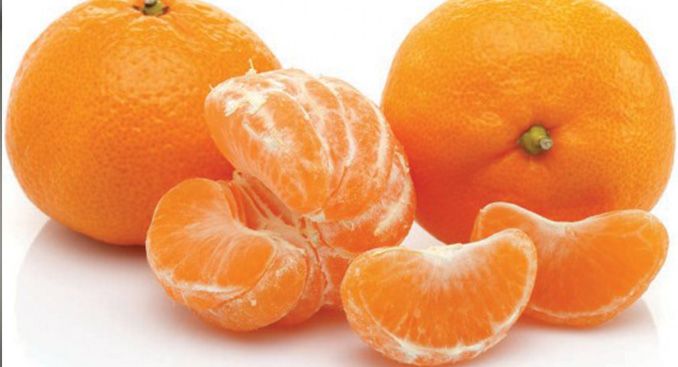- Health & Wellness
- Primary Care
- Service Line
- Women's Health
Darling Clementines

These tangy citrus charmers, ripest in the dead of winter, are bursting with vitamins and nutrients
If you’re still recovering from the heaviness of holiday eating, bright, cheery clementines are just the thing. Sweeter than navel oranges and less seedy than tangerines, clementines are a derivative of mandarins and are distinguished by their oval shape and glossy skins. These skins can be removed in one fell swoop to reveal small separated segments, making clementines an easy (and fun), pop-in-your-mouth snack. But it’s not just their undeniable convenience, sweet aroma or citrusy flavor that get us—these little guys happen to be nutritional powerhouses, too.
Power Up
“Christmas oranges,” nicknamed as such because they’re in season during the winter months and are traditional stocking stuffers, are packed with vitamin C, which supports the immune system and makes the skin appear more youthful, among other benefits. In fact, just one clementine boasts 36 milligrams of the stuff, which is 60 percent of the recommended Daily Value. Clementines also contain 1.3 grams of fiber, which aids digestion, as well as 130 milligrams of potassium, which can help prevent headaches, hypertension, tooth decay and a plethora of other ailments. Need more convincing? Clementines are recommended during pregnancy, since the fruit’s high folate content supposedly helps prevent neural tube defects in fetuses (and encourages normal brain function in adults). All of these benefits are packed into just 35 calories!
Buy/Store/Serve
Clementines are sold from December to March or April. When purchasing yours, choose fruit that are firm, and only buy as many as you’ll need because they don’t last very long. Store them in a basket or bowl on the counter, not in a fridge or in a plastic bag, and just grab and go. Clementines can be eaten on their own as a healthy snack, or you can toss them in an Asian-style salad, atop yogurt or oatmeal or mix them into a smoothie or shake.
But don’t throw out those peels just yet. Zest or candy them to add a citrusy kick to baked treats or extract oil from them. Clementine oil is often used in aromatherapy, as it’s shown to be a powerful antioxidant and stress reliever that promotes clearheadedness and more restful sleep. Is it a coincidence then that clementines are at their peak in January, when we need all of that great stuff the most? Happy New Year indeed.
Did You Know?
Legend has it that the natural hybrid of clementines was discovered in West Algeria in the 1900s in the garden of the orphanage of Marie-Clément, for whom the fruit was formally named in 1902.
This article first appeared in the Winter 2020 issue of Oxford Health & Life Magazine